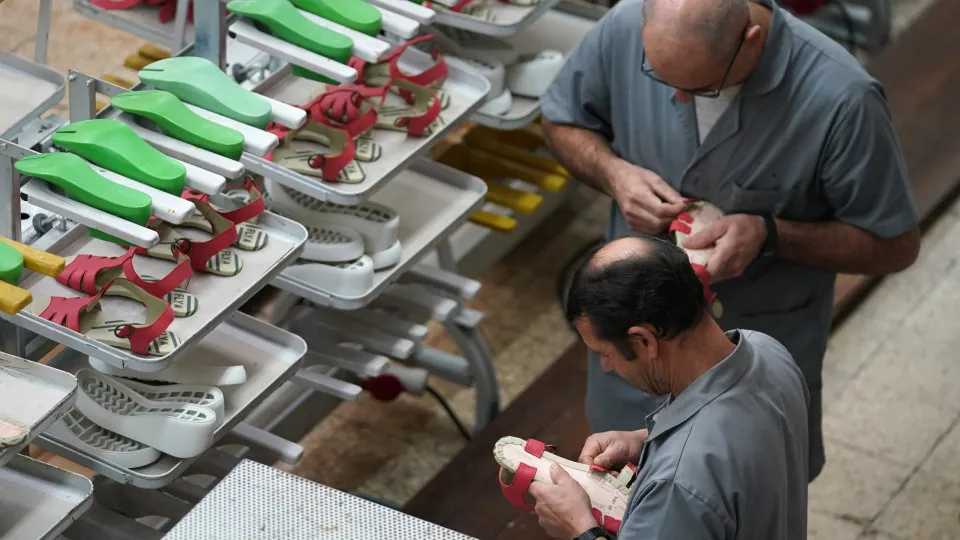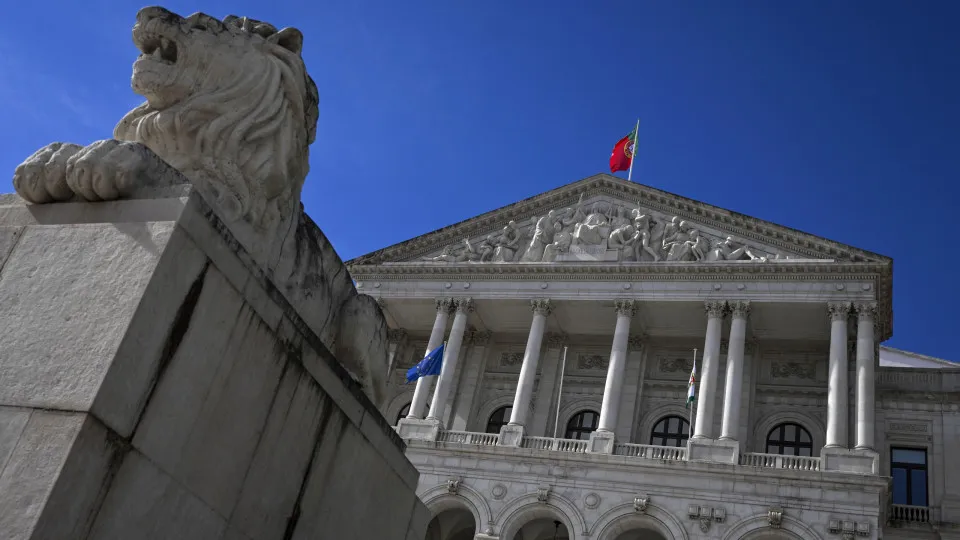
The Portuguese footwear industry is once again represented at the sector’s most important trade fair in Milan, Italy, as it looks to the future while keeping an eye on the competition and tariff challenges from the United States.
The MICAM footwear trade fair, celebrating its 100th anniversary this year, began on Sunday with over 1,000 brands showcasing their products.
Among the 42 Portuguese firms participating is Lemon Jelly, renowned for its lemon-scented shoes.
“MICAM is very important for us […], it’s a very enriching fair that allows us to see new trends and innovations, but also to establish good contacts, meet agents and distributors,” stated the brand’s marketing manager, Margarida Tavares, in a statement to Lusa.
This year, Lemon Jelly is focusing on the ‘active wear’ concept, with footwear suitable “for work, a paddle game, or a night out.”
Margarida Tavares has mainly welcomed new distributors at the brand’s stand, as well as returning ones seeking the latest trends.
The United States and Canada remain key markets for Lemon Jelly, alongside Spain and France.
Despite being active in the American market, the brand has not faced significant challenges due to U.S. tariff policies, at least directly.
“We know there are additional considerations, but they don’t directly affect us. Our agent handles those, though they face some ‘stresses,'” she said, confirming that the U.S. will remain a strong market for the brand, with continued investment as encouraged by the government on the first day of the event.
The Last Studio, with bases in Portugal and Denmark, counts the U.S. as a leading client and has sought to absorb part of the tariffs to lessen the impact.
“U.S. customers tried to expedite orders as soon as they heard about the tariffs. Now, I feel markets are in a bit of a pause, reassessing and deciding their next moves,” explained designer Luísa Moreira.
Given the importance of its clients, Last Studio has even taken on half of the U.S.-imposed tariff costs.
Regarding the price of Portuguese footwear, priced second only to Italian shoes, Luísa Moreira highlighted that the time involved in crafting each shoe, the quality of leather, and craftsmanship ultimately influence the final price paid by the customer.
“Sometimes, within the same production, pairs are not identical. It’s made by people for people, not machines for people. All the research, suggestions, finding the best factory for the product, and constant feedback with the customer are reflected in the price,” she pointed out.
In the fashion capital, Take a Walk aims to “take risks” in each edition, aiming to create its own style while learning from and contributing to its competitors.
“I’ve noticed some curious glances, likely from other brands present here. Some even try to discreetly take videos or photos, which shows that what’s happening here is interesting,” said Salomé Almeida, CEO of the São Torcato-based company.
Take a Walk’s primary market, besides Portugal, is Europe, while the U.S. remains merely “an attempt” due to market closures caused by tariffs.
The increased costs discourage enterprise, the executive noted, adding that these policies may lead to the rise of alternative markets.
“I want to provide a high-quality service, from creation to delivery, successfully driving sales without any fears. If it goes to the United States, the transaction is billed there. Period,” she emphasized.
The MICAM fair is set to conclude on Tuesday, and thousands of visitors are expected to attend this traditional event for Portuguese footwear.
According to data from APICCAPS — Associação Portuguesa da Indústria do Calçado, Componentes, Artigos de Pele e Sucedâneos, in the first half of 2025, Portuguese footwear exports increased by 3.7% in value, reaching 843 million euros.
Between January and June, 36 million pairs were exported, a 5.4% increase.
In 2024, the footwear cluster’s exports reached 2.147 billion euros.
Last year, Portugal produced 80 million pairs of shoes, exporting 68 million pairs valued at 1.724 billion euros.
During this period, Portuguese footwear was sold in over 170 countries, with Belize being the newest market.
The Strategic Plan for the Footwear Cluster anticipates an investment of 600 million euros by 2030.




